JONNY ARMSTRONG
Alaska’s Great WildernessIntroduction
What inspired you to get involved with camera trap work?
"In 2011 I picked up a couple speedlights and began experimenting with flash photography. I quickly became obsessed with the creative process of adding light to a scene."
What inspired you to get involved with camera trap work?
What do you specifically find are the advantages of using these techniques?
The more obvious advantage is being able to shoot elusive or nocturnal species that we as humans rarely get the opportunity to see. There are several species that I’ve never encountered in real life, but I’ve captured them on camera traps dozens of times. However, I think most iconic wildlife species are actually a lot easier to shoot in person than with a camera trap; for example wolves are extremely difficult to camera trap but fairly easy to shoot with a telephoto lens in certain National Parks.
What are the disadvantages?
Lastly, it’s really hard to be a good trapper and a good photographer. I find that every step I take to improve the photographic quality of a set decreases the likelihood of an animal approaching the set. A huge disadvantage for camera trappers is that we need to get animals within a few feet of our camera. Where I live in the American West, carnivores were heavily hunted and trapped during the past 150 years. It’s often quite challenging, if not nearly impossible, to get these animals to approach a camera. I’ve gotten one coyote on a camera trap despite the fact that they are by far the most abundant carnivore where I live; I can see from their tracks how they avoid my cameras. Numerous times I’ve gotten animals on game cameras and then failed to get them on my more conspicuous DSLR camera traps.
"Where I live in the American West, carnivores were heavily hunted and trapped during the past 150 years. It’s often quite challenging, if not nearly impossible, to get these animals to approach a camera."
From a technical perspective on location, what are the greatest challenges you have had to overcome?
The equipment used can get quite specialist, ranging from a simple remote system to complex lighting, trip-beams and flashes. How complex do your setups get or do you find keeping it simple is the best approach?
I went into camera trapping blind to what was already out there, both in terms of photographs and gear. I built all my housings and trigger systems myself, which was fun, but in hindsight not the brightest idea. I used to require 80 lb. of batteries for a 2-week set. Then I met Jeff Dale, the owner and operator of TRLcam. Jeff helped me fix up my homemade systems, and now I have a much more efficient design. I typically use a simple PIR sensor as input for a Picaxe 08M2 chip, which controls camera operation. Currently I’m building about half of my own gear and relying on TRLcam for the other half.
What has been your most successful trap-camera project to date and how long did it take from concept to first successful image?
What’s been your biggest failure, either technically or photographically?
The first time I saw cougar tracks I set on them and left my camera for a few weeks. I came back and found fresh cat tracks, but discovered my camera battery had somehow died the first night out.
For a few summers now I’ve been going for a specific shot of a grizzly bear in Alaska. Each time I’ve had a sow and cubs take out my camera. A trail cam on the set showed the cubs playing with my camera box after knocking it over. It also rains like crazy in Alaska during the summer, so I’ve had lots of good shots where the lens is covered in raindrops.
I’m perhaps most haunted by a set I made for cougars last year on a ridge line trail at about 3000 m elevation. I really liked the set and felt like I’d really nailed the lighting. I came back to find my light stand had been blown over by 60 mph winds and in turn knocked my camera/tripod over. When I checked the photos I found that after everything had fallen over a cougar came through—I got a blurry shot of its paw.
There are those that consider it ‘cheating’ to not physically press the shutter yourself or even be there when the photo is taken. What would you say to that?
Some probably perceive camera trapping as requiring less patience than handheld photography, because we don’t have to be there while our cameras wait for animals to show up. I’ll just say that anyone who has tried camera trapping knows that this is not the case. There’s a backyard fox that has evaded my camera traps for four years and counting.
Where do you see trap and remote photography going in the future?
Jonny Armstrong
Website: jonnyarmstrong.com
To view more of Jonny’s incredible body of work on the Alaskan wilderness, please do visit his website.
Other Interviews
How to Photograph Nocturnal Wildlife in Infrared
What is Infrared (IR) Photography?Light that comes from the sun consists of a very wide spectrum, and when we look at the world around us we are only seeing it in a very narrow part of this spectrum known as ‘visible light’. The sensors inside digital cameras are...
Terry Whittaker – Camera Trapping in the UK
IntroductionSince starting out as a freelance photographer in 2000, Terry has built up a reputation as one of the UK’s foremost wildlife photographers. He has won multiple awards for his work and his images often carry a strong conservation message. Terry’s desire to...
Richard Peters, on a Back Garden Safari
Introduction Richard Peters is a professional wildlife photographer from the UK with a style that often takes a priority of light, over subject. During the last year however, he has begun working with camera traps, concentrating on a location he has a personal...


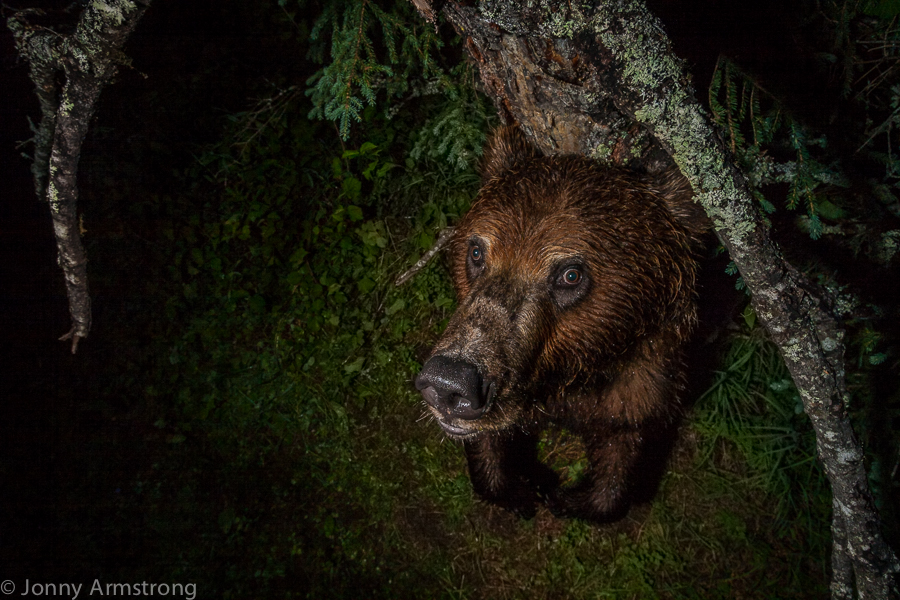
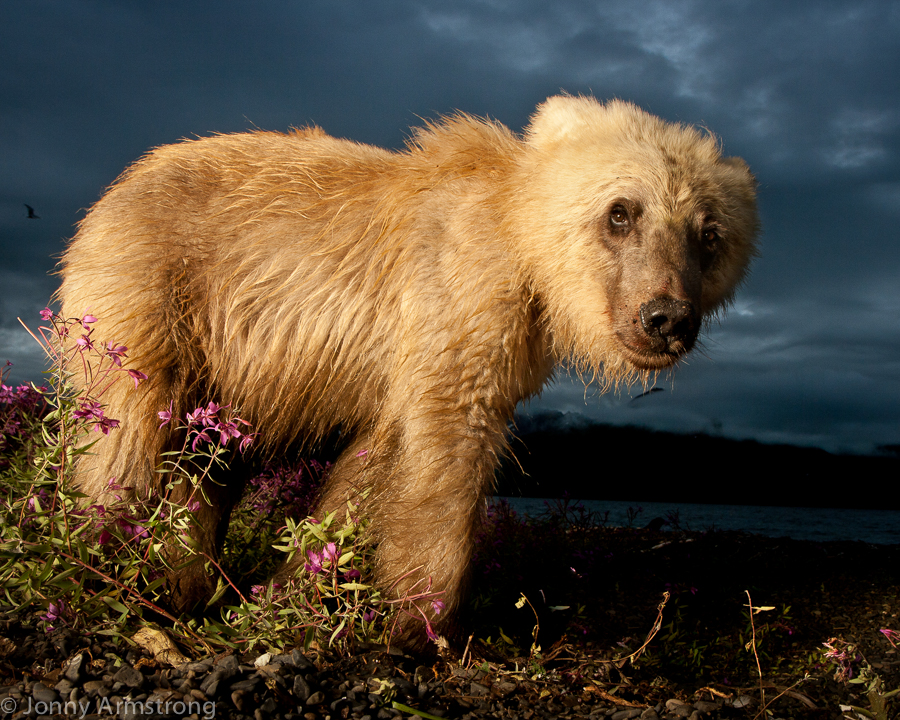
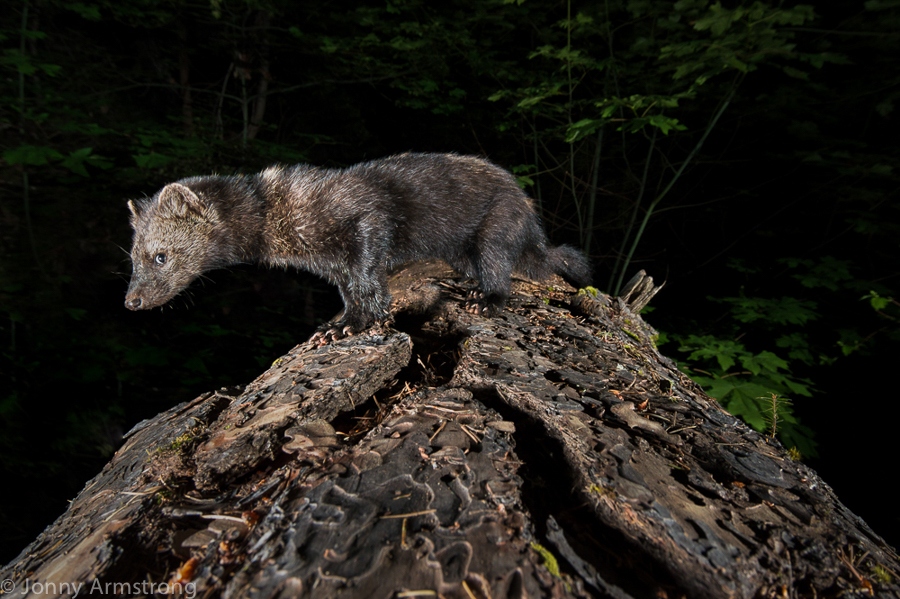

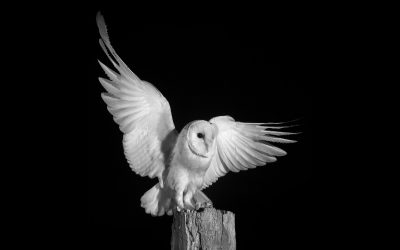
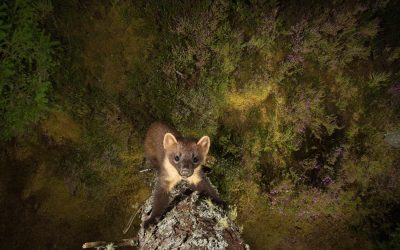
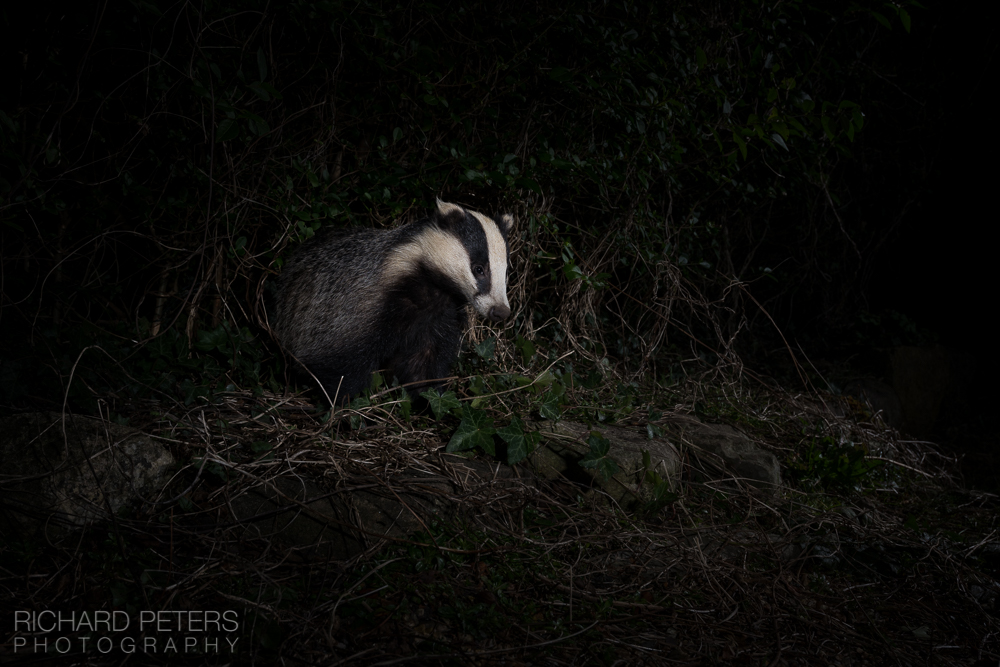
Johnny body of work is so remarkable, i have been trapping for 2 years and everytime I see his work it motivate me even more to achieve better and better quality photos and be able to tell a story on how the animal live in his enviroment, for sure Johnny is in the for front of camera trapping.
Denis
Whoa! Fantastic work.